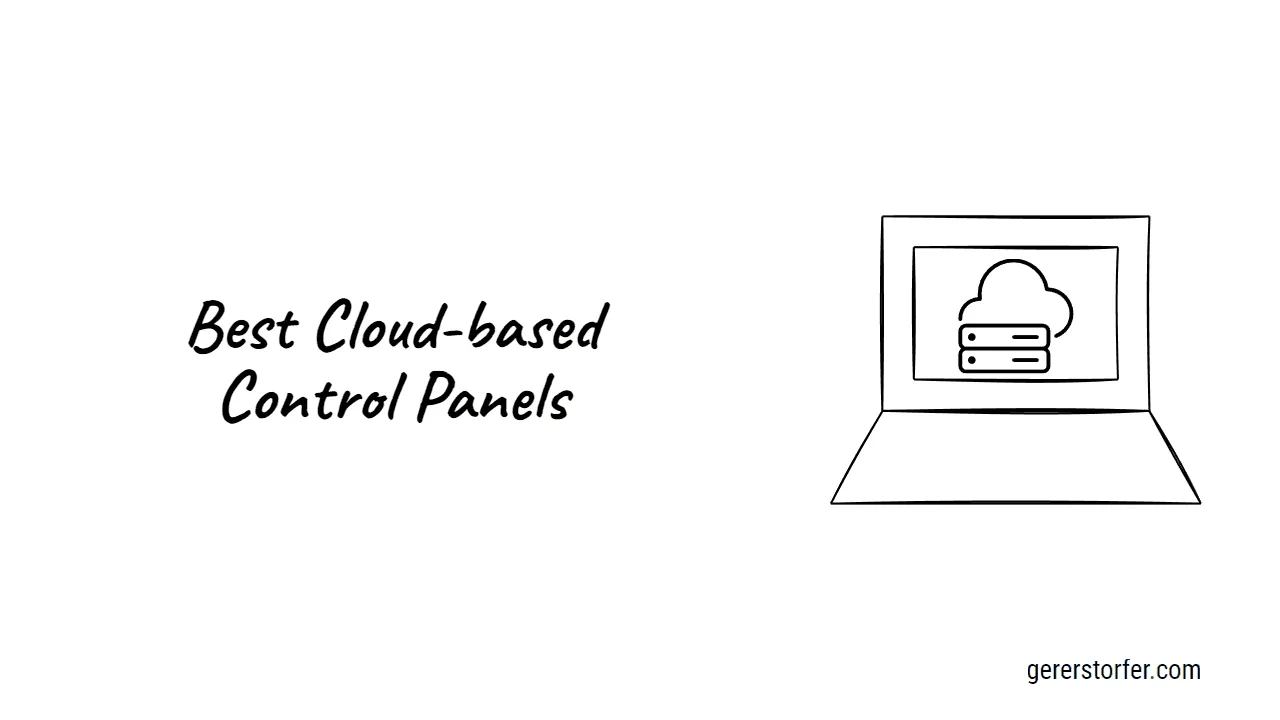Best Cloud-based Control Panel to Manage Servers and Websites
Best Cloud-based Control Panel to Manage Servers and Websites.
Keeping track of performance, utilization, and maintenance is difficult. When you have several components in your infrastructure, such as a server, database, messaging system, authentication server, load balancer, and so on, the complexity of your infrastructure increases.
Manually managing a few servers is certainly doable, but when hundreds or thousands are involved, the software is required. Installation, patching, configuration, tracking, and other administration activities are all sped up with this sophisticated tool.
What is a cloud control panel?
As a client or developer of a web hosting project in the cloud, your cloud control panel is your primary point of control.
Cloud control panels offer functionality like bot blocking, user management, and centralized control for server programs.
Advantages of having a cloud control panel
To develop and maintain your website or the server on which it is housed, you’ll need a cloud management panel.
Cost-effectiveness
On-premise solutions entail a large initial investment and require ongoing maintenance and upgrades. You’ll need to invest in huge workstations, plenty of local storage, and large-scale installation projects. Furthermore, firms with many sites may require several site licenses and the same type of setup at each location, increasing your costs even further.
Updates are made automatically.
Every few months, most on-premise systems require downtime and a slew of sophisticated software upgrades patches that can last an entire day. To avoid any security threats, these are normally performed every 6 months and necessitate full-day or multi-day downtimes. Cloud-based systems can update themselves every week without the need for human participation.
Accessible from any location
On a cloud-based access control system, admin can manage access from anywhere, including from a phone at residence, as from a single computer in the office.
Flexibility and speed
Access control systems that are cloud-based allow you to adjust access at any time and from any location. When someone moves organizations, you can configure new rights without having to go to a server room or front desk computer.
Scalability
Cloud-based systems can scale to various locations without incurring additional costs. Traditional solutions can cost tens of thousands of dollars just to connect servers in different buildings. They aren’t meant to be used for anything more than a single installation within a structure. Without needing any complex configuration, a cloud-based system can connect devices from whatever number of buildings, across several cities, and on multiple floors.
How does a control cloud work?
The following image perfectly depicts how cloud control works.
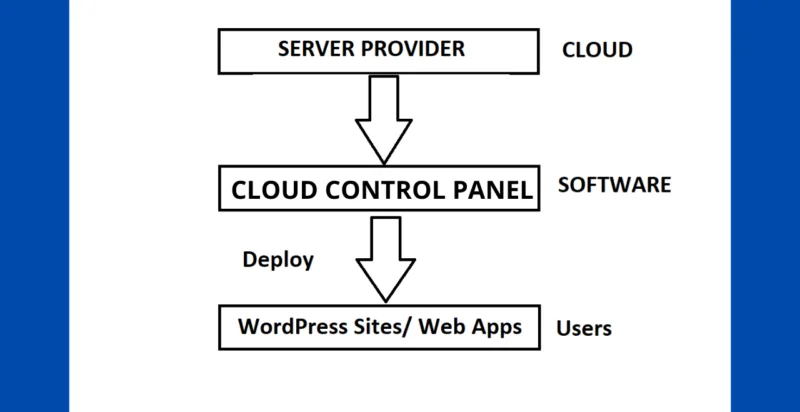
CyberPanel
CyberPanel is an OpenLiteSpeed-powered web hosting control panel that allows you to effortlessly put up websites on your DigitalOcean droplets and automatically backup them to DigitalOcean Spaces.
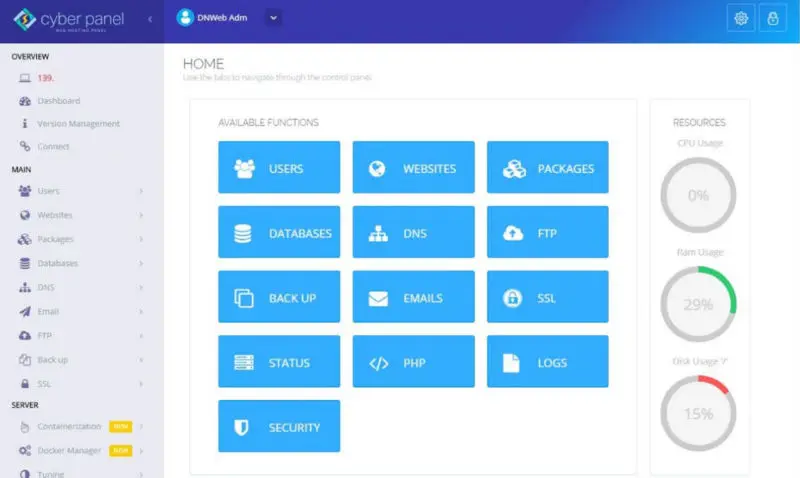
Features
- Users of various levels.
- SSL is enabled by default.
- FTP (File Transfer Protocol) Server
- DNS Server with a Small Footprint (PowerDNS).
- PHPMyAdmin.
- Support by email (Rainloop).
- FileManager.
- Management of PHP.
- Firewall.
- Backup and restore in a single click.
- Backups to DigitalOcean Spaces on a regular basis.
CloudPages
CloudPages is a SaaS (software-as-a-service) platform that uses a simple yet powerful interface to administer cloud servers. With CloudPages, you can deploy your web apps on DigitalOcean, Vultr, AWS, Google Cloud, and nearly any other cloud provider.
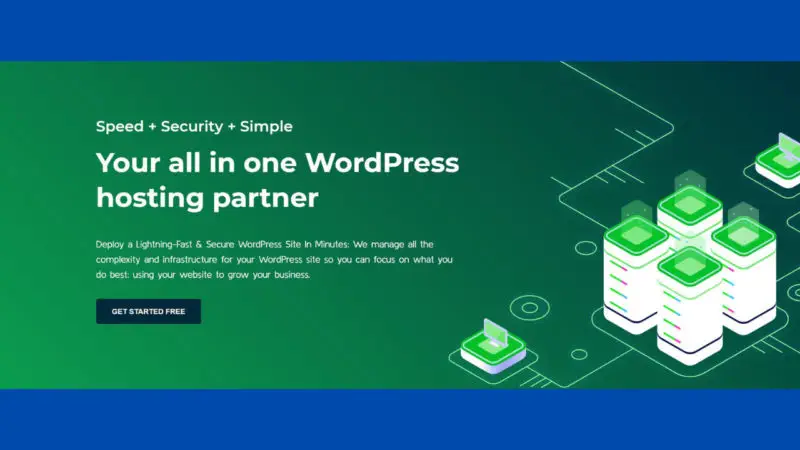
CloudPages has the following features:
- CloudPages does not bind you to any particular service provider.
- The deployment of a server is as simple as clicking a button.
- SSL is enabled by default.
- Domains that are only active for a short period of time.
- Organizer of files.
- WordPress administrator.
- Firewall.
- Backup and restore with a single click.
- Support for OpenLiteSpeed and LiteSpeed Enterprise.
cPanel
cPanel is a Linux application that automates web hosting duties and allows you to easily handle your servers and websites.
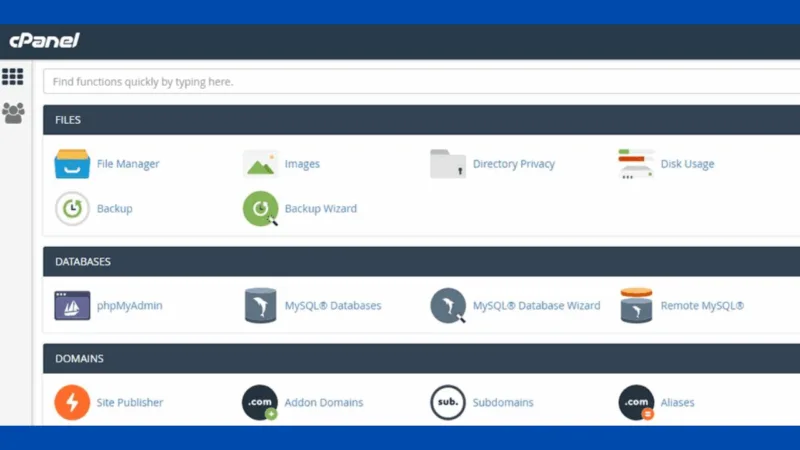
Features:
- There are choices for publishing a website in this control panel.
- Create calendars and emails.
- Safely manage your files.
- Organize domains.
- Create databases.
- DNS entries can be added or removed.
- Set up FTP.
- Cron jobs should be scheduled.
- Log metrics are provided.
Plesk
Plesk allows anyone to administer cloud servers, WordPress, Joomla, and other software. It received over 100 extensions. Plesk is used by web professionals such as IT administrators, infrastructure suppliers, developers, digital agencies, and content managers.
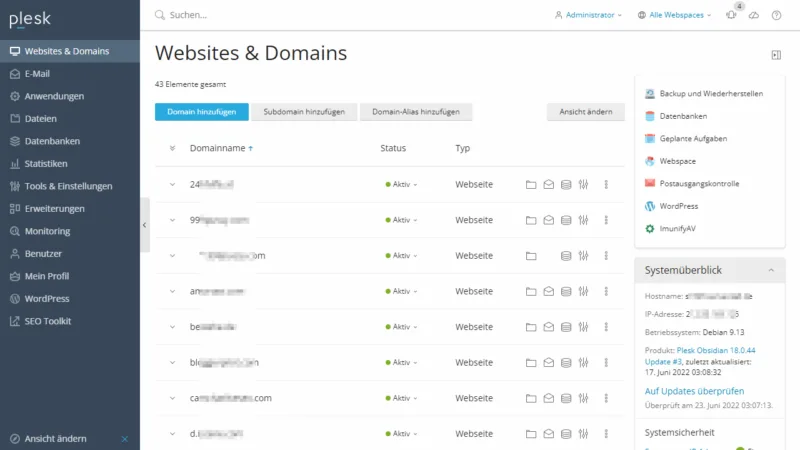
Additional characteristics include
- a user-friendly UI.
- Toolkit for SEO.
- Multi-tenancy is supported.
- Strong security.
Virtualmin
Virtualmin is a web hosting control panel for Linux and BSD systems that is both powerful and adaptable. It offers a user interface that is simple to use on a desktop, mobile device, or tablet. Virtualmin is a free open-source program with paid support.
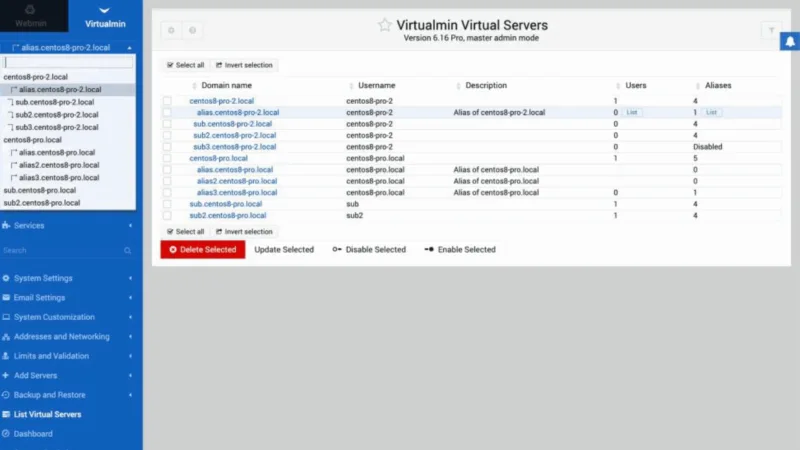
Features:
- Web hosting stack components include web, email, domain, DNS, analytics, and reporting.
- Authentication with two factors.
- LDAP (Lightweight Directory Access Protocol) authentication.
- Command-Line management is available also
Conclusion
A user’s time is wasted logging onto each server and individually validating its functionality. Over time, server management has consumed a significant amount of our time.
You might use a cloud-based control panel to handle servers and applications if you aren’t ready to install and administer control panel software yourself.
